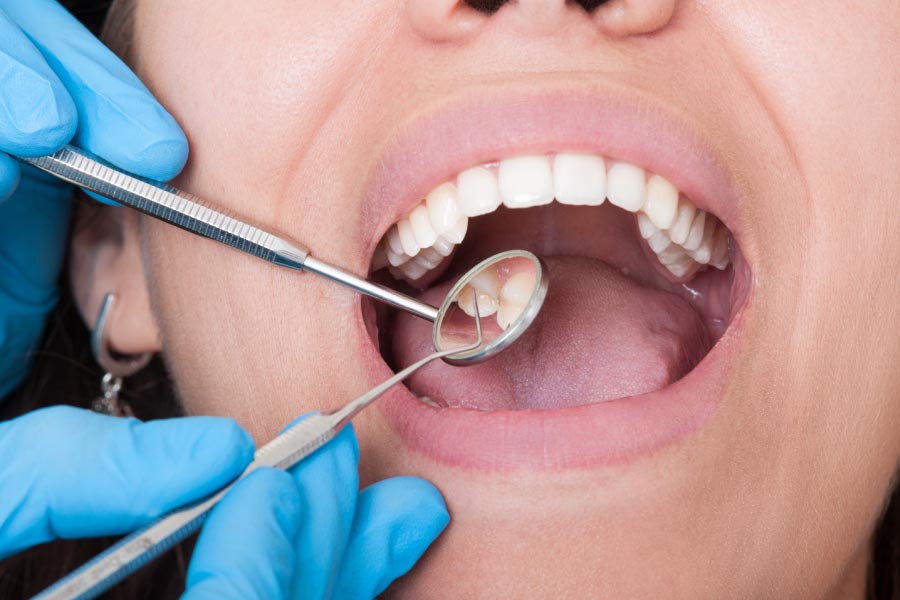Early Signs of Gum Disease
December 12, 2017 Leave your thoughts
We’ve all heard the perils of gum disease, but how do you know if you are suffering from it? There are a few key early signs to look out for when it comes to gum disease.
What Is Gum Disease?
Gum disease, also known as gingivitis, is a common oral health issue that causes the inflammation of the gums. This ailment can progress so that it affects the bone that supports and surrounds your teeth. Bacteria in plaque can cause gum disease. Plaque is the colorless, sticky film that constantly forms on your teeth. You can remove it with daily brushing and flossing. If not removed, plaque can build up and allow the associated bacteria to infect your gums and teeth. If left untreated, this can even infect the bone that supports your teeth and gum tissue, causing your teeth to become loose, fall out, or require extraction by your dentist.
What Are the Early Signs of Gum Disease?
Early gum disease can be painless, so it is possible for it to go unnoticed. But failing to recognize this condition early on could have very serious consequences, so it’s important to be on the lookout for the several early signs of gum disease. Catching gum disease early could be the difference between a healthy mouth and losing teeth.
Early signs and symptoms of gum disease include gums that appear irritated, red, puffy, swollen, or tender, especially along the gum line. They may even bleed when you brush your teeth or floss. You may at first think you are just brushing too hard, but this is the first real sign of developing gingivitis.
Other early signs include constant bad breath or a bad taste in your mouth, pus in between your teeth and gums, receding gums that make your teeth look elongated, a change in your bite, loose teeth, and pockets between your gums and teeth that have formed as your gums separate from your teeth.
How Is Gum Disease Treated?
Treatment options depend on how far advanced your gum disease is. You can treat early stage gum disease with proper brushing and flossing. More advanced stages may require a professional deep cleaning by your dentist to scale your teeth and remove tartar above and below the gumline. In the worse cases, surgery can help restore supportive tissues.
It’s important to always be on alert for these early signs of gum disease, but it’s even more important to practice good oral hygiene practices, as this is the way to prevent gingivitis from ever developing. Regular cleanings and check-ups are also vital to preventing gum disease so call us to make an appointment today!
Let us help you achieve optimum oral health! – Contact Us
Categorised in: Gum Health